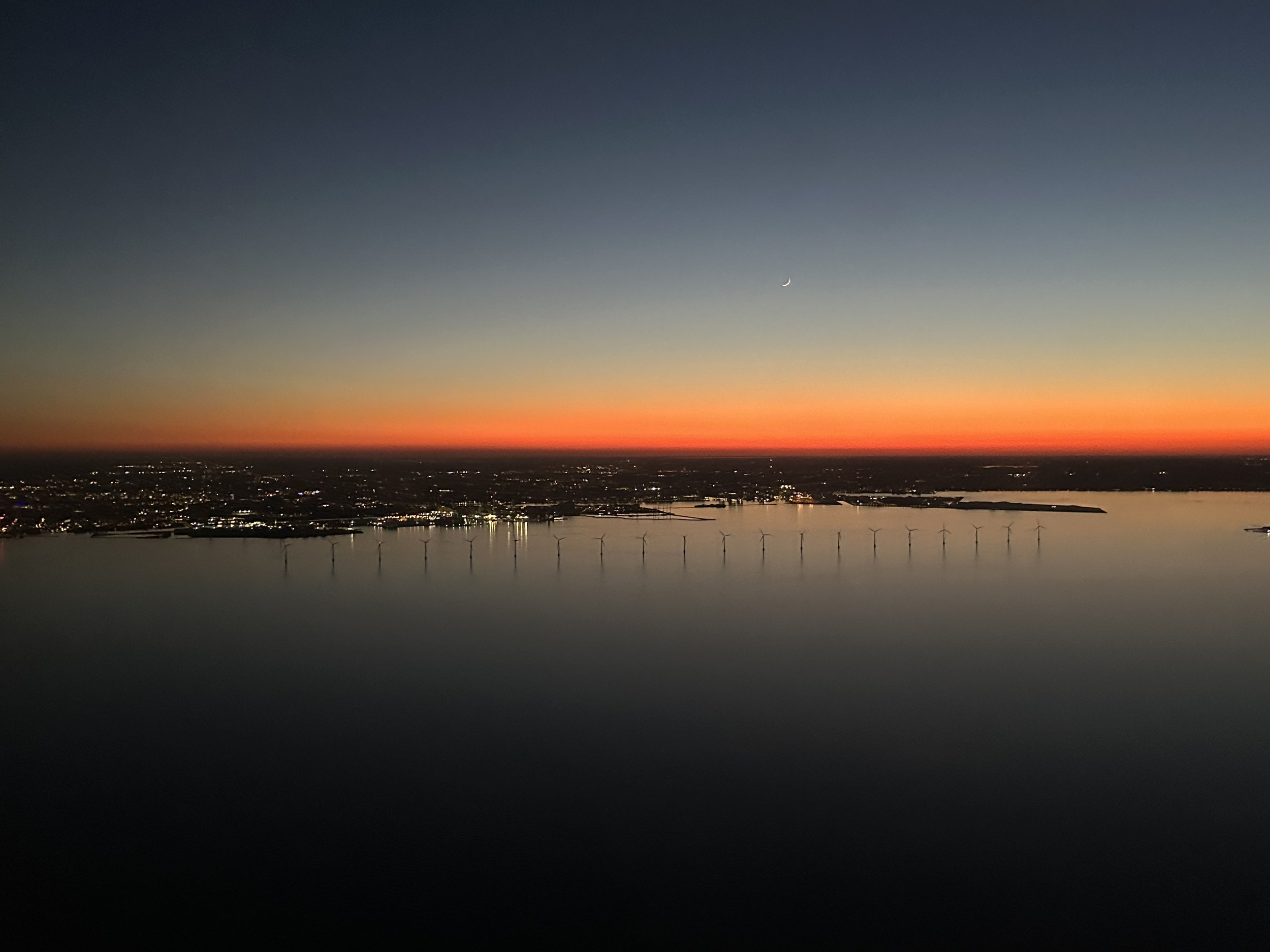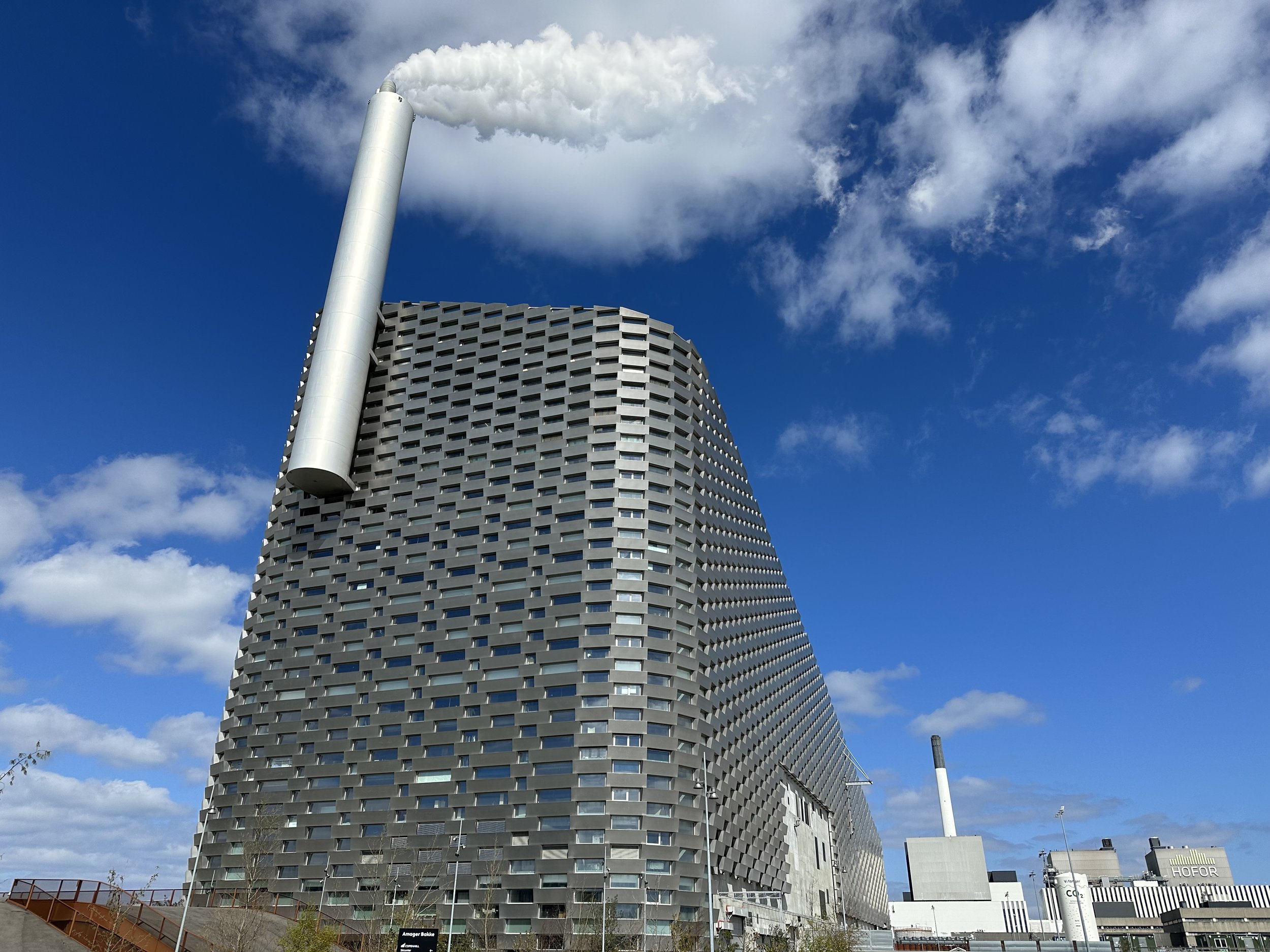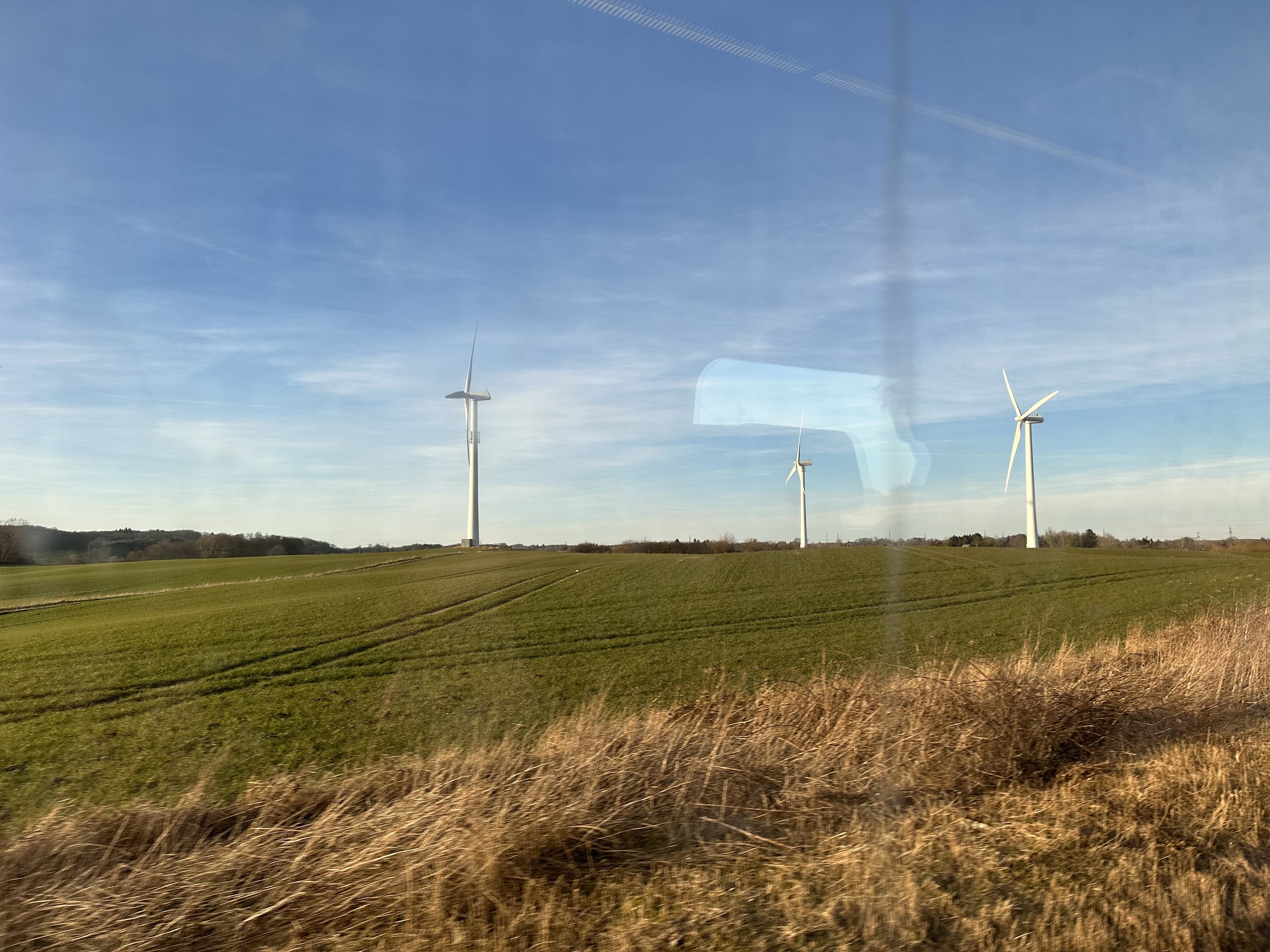Danish Energy Resilience: Local Decisions With Global Implications
An offshore wind farm near Copenhagen. (Photo: Andrew Miller)
Skyrocketing energy prices, rolling blackouts, and widespread unrest: this was not some apocalyptic future but a genuine prediction for the winter of 2022 across the European Union (EU) as Russia cut natural gas supplies to the continent after the imposition of international sanctions.
Instead, however, a much more insidious danger is spreading throughout Europe: the reopening of and reinvestment into fossil fuel infrastructure and the threat of an even more destructive climate future.
But, while much of the world uses the energy crisis as an excuse to invest more in fossil fuels, the small country of Denmark has taken an alternative route. Through direct government action and promoting the adoption of renewable energy, Denmark is accelerating the achievement of its climate goals while breaking its dependence on Russian fossil fuel supplies.
Changing energy politics
Before Russia’s invasion of Ukraine, Denmark imported 75 percent of its natural gas from Russia but joined the rest of the EU in placing sanctions on Russian exports. Now Denmark is implementing a plan to wean itself off Russian natural gas and achieve its climate goals. The plan would convert 50 percent of households heated by natural gas to biogas from district heat plants or electric heat pumps by 2028.
While the sudden lack of Russian natural gas supplies wasn’t unexpected after the first round of sanctions, it still caught some EU nations unprepared. Many EU states, particularly Germany, received the majority of their natural gas from Russia before the war, making them dependent on Moscow for energy. But almost all EU members, including Denmark, pledged to phase out the use of Russian natural gas to limit funding for Russia’s war, a move which forced the reopening of large coal plants across the continent and a surge of imports of liquified natural gas (LNG) from the United States.
But Denmark remained more resilient to the sudden energy crisis than its larger neighbors.
Part of the reason for Denmark’s relatively smooth experience since the start of the war was the result of its history. Oil imports once made up 93 percent of Denmark’s energy mix, leaving the country vulnerable to the catastrophic shortages of the 1973 oil crisis. To compensate, Denmark began exploiting offshore oil and gas fields in its national waters, making the small nation energy independent.
As its fossil fuel reserves have been depleted, Denmark began importing energy from other countries again. Before the war, much of its gas came through the Nord Stream 1 pipeline from Russia, but now most gas and other energy comes from Norway and Sweden. However, almost 48 percent of Denmark’s electricity comes from domestic wind production. Denmark is also supplementing natural gas with biogas, making it less reliant than other countries on Russian fossil fuels.
Amager Bakke, a biomass burning plant and tourist attraction on the edge of Copenhagen. (Photo: Andrew Miller)
But the war still had notable effects on Denmark’s energy plans. The sudden energy shortage prompted Denmark to prolong the lifespan of its last remaining coal fired power plants and forced it to consider expanding natural gas operations in the North Sea. While there has been no fossil fuel renaissance, as is starting to take place in other countries, energy security is now more of a priority than climate change in Danish politics.
Economic impact
Energy was not the only reason Denmark fared so well compared to its neighbors. Inflation levels unseen for decades rocked the EU, sparing not even Denmark. But the broader economic policies the Danish government enacted prevented much of the social unrest seen across the EU. The government allowed people to defer payments of their energy bills indefinitely and, against the warnings of Denmark’s central bank, instituted a 660 dkk (roughly US$95) increase in the child tax credit.
To reduce energy costs, the government also issued several recommendations to conserve energy including reducing temperatures in public buildings and offices to no lower than 19°C and turning off outdoor lighting on municipal buildings. In fact, Denmark’s energy conservation practices were so successful because they were readily adopted by the population.
Danes began taking simple measures such as running large appliances less frequently, being more frugal with heat, and minimizing light use. High energy prices spurred many of these changes, forcing the adoption of new habits. Several apps, including Min Strøm (My Power), aided this process by allowing Danes to see when energy costs are cheapest during the day. Not only did these actions lower energy costs, but they also helped reduce the greenhouse gas emissions from energy consumption that rose in so many other countries. But as with the Danish government, many of these decisions were driven primarily by economic and energy security considerations; sustainability was an afterthought.
But most importantly, the population largely went ahead with energy conservation policies. There were no protests on the scale of those seen in the Czech Republic or many other nations.
A Model for the Future?
There are signs that Denmark’s resiliency plans might be more successful than first expected. Instead of reopening old fossil fuel plants, Denmark has approved 9 gigawatts more of offshore wind development, is partnering with the European Commission on a 170 million euro (roughly US$183 million) green hydrogen project, and set a national record for renewable energy production in 2022. As Denmark’s greenhouse gas emissions continue to decline, we can only hope that other governments around the world, particularly in industrialized countries, adopt similar policies in times of peace and crisis.
At the same time, the Danish model itself needs to be improved. While Denmark is a world leader in renewable energy, especially wind, and has made bold proposals about reducing its GHG emissions, the details on how to meet those goals are vague. Instead of making plans to substantially cut emissions now, the Danish government is betting on the future development of carbon capture and sequestration (CCS) technology.
An onshore wind farm on the Danish island of Fyn. (Photo: Andrew Miller)
According to the IEA, the world must halt the development of all new fossil fuel projects if it is to have a chance at limiting global temperature rise to below 1.5°C compared to pre-industrial levels. But the world was far off from meeting that goal when the report was released in 2021 and has been moving in the wrong direction since the start of the energy crisis.
As first reported by the Copenhagen Post, Denmark is on track to meet its earliest climate goal of reducing its GHG emissions levels 49.8 percent by 2025 compared to 1990 levels, and 70 percent by 2030, and will make more progress by using biofuels in vehicles. Even more promising, electricity emissions will be reduced 99 percent compared to 1990 levels by 2030, not counting waste incineration.
But most of the industrialized world is making much less progress on climate. If we do not expand our renewable energy capacity and instead invest more in fossil fuels, like much of the world, every time there is a major disruption to the status quo, we will all feel the consequences for generations to come.



